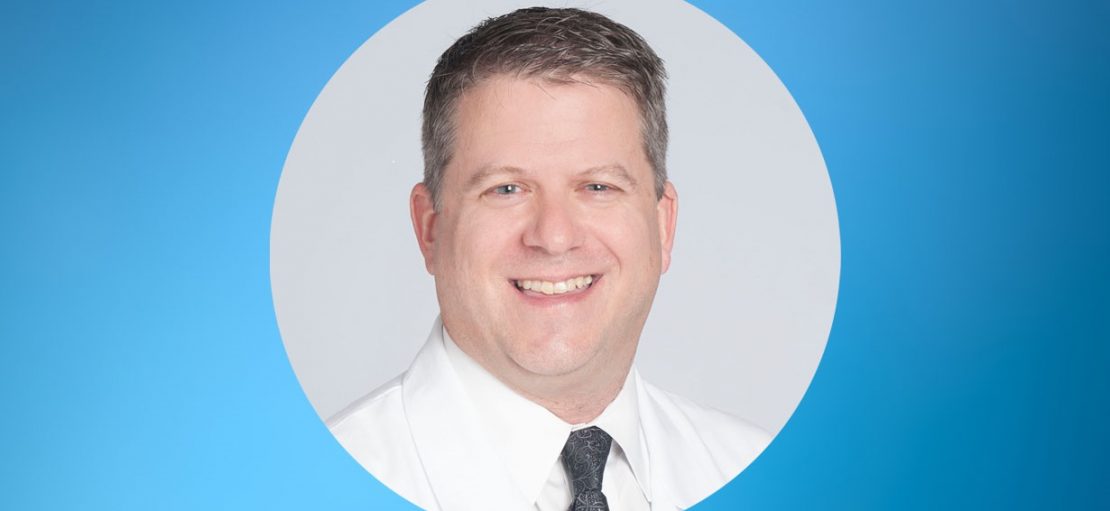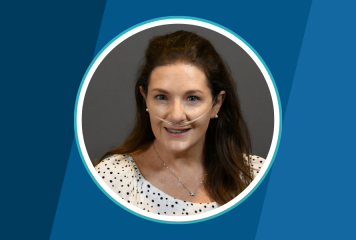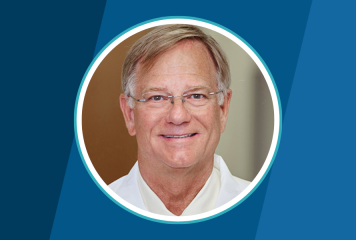Dr. Wardrop is the new chair of the ABIM Internal Medicine Board. He is a career clinician-educator and Immediate-past Program Director for the Internal Medicine Residency at the Cleveland Clinic Foundation in Cleveland and will be assuming the role of Medicine Program Director at University Hospitals Regionals Internal Medicine Residency Program in December 2024. He serves as faculty at the Cleveland Clinic Lerner College of Medicine and Case Western Reserve University and is a Professor of Medicine and Pediatrics at NEOMED in Ohio. Throughout his career, he has practiced both as an adult and pediatric hospitalist and was recognized by the American College of Physicians (ACP) as one of America’s top 10 hospitalists in 2018. He has been board certified through both the American Board of Internal Medicine and the American Board of Pediatrics since 2006.
What has been the most meaningful part of working with ABIM?
I’m starting my fifth year on the board, and my first year as chair, which is a new experience. I would say my time on the board has been transformational for me as a professional and as someone who has aspired to be a servant leader within the profession.
My favorite part of being involved with the Internal Medicine board is the opportunity to work on so many different projects that are interesting and impactful. I also enjoy the interactions with professional societies. I have a past leadership experience on the Board of Regents, the Board of Governors, and the Council of Early Career Physicians at ACP (American College of Physicians) and I appreciate that societies are valued guests at our meetings and stakeholders in the conversations we have. It’s important and meaningful that members of the ACP community, the SHM (Society of Hospital Medicine) community, the SGIM (Society for General Medicine) and others actively contribute to the conversation.
I think the most memorable example of how ABIM effectively interacts with societies is when we went through the process of considering whether to retire the Focused Practice in Hospital Medicine program. For me as a hospitalist and as a member of ABIM Governance, I didn’t really know what any of that meant until the process unfolded, and it was clear that this was a pathway that needed to be reviewed and revised. Within that shared dialogue, ABIM created a new pathway that will work better for hospitalists through having a series of conversations and soliciting input from a variety of important society stakeholders. The new Internal Medicine Inpatient LKA and 10-year MOC Exam will help with the longevity and identity of hospitalists as well as many subspecialists who maintain their Medicine certificates. I was just amazed by that process.
How does your career as a clinician educator intersect with your role with ABIM?
I’ve been a clinician educator since I was an MD/ PhD student at Ohio State and I was asked to teach immunology to the dental students. I had this eureka moment where I was like, ‘oh, I can actually teach people stuff that I know and that is relevant either scientifically or clinically to them’. And a seed was planted.
Early in residency, I didn’t really fancy myself as a teacher, but I kept being thrust into teaching roles just by virtue of being a physician-in-training. Being recognized with an Outstanding Teaching Award by my peers as a PGY-1 resident by students and other residents at UNC Chapel Hill did go a long way to solidify this part of my professional identity. And so, when you say the word clinician educator, it’s descriptive for me because I am a clinician first. I currently work at a patient first organization, and even when I’m in my teaching role and or the Program Director role, I don’t forget that the whole reason I’m doing all of this is for better patient care. I think service in ABIM Governance is a great way to embody the part of my professional identity that is a clinician educator. So, in a way, my role at ABIM is the sum total of many of my activities as a clinician educator and the embodiment of my intent to serve education and advocate for improved patient care.
What do you think is important for internists or hospitalists right now?
I think the COVID-19 pandemic brought to the surface a lot of insecurities in the healthcare and healthcare delivery systems. Thinking optimistically as a hospitalist there is a lot of opportunity and there are a lot of wonderful things on the horizon because of many of the realities revealed by our evolution since the pandemic.
In internal medicine and hospital medicine, we talk a lot about the sustained and meaningful use of technology and the development of meaningful use of artificial intelligence. I think that there’s a tremendous opportunity for hospital medicine to be at the vanguard of using a lot of that technology, not just from a charting standpoint or a billing standpoint, but to be able to really predict clinical instability, understand pathways to discharge, understand diagnostic pathways, avoiding diagnostic errors, and even improving care transitions,
Artificial intelligence will be viewed as a threat by some, but I think will benefit us in a lot of ways without losing our identity as generalists and without losing our independence as thought leaders in the care of our patients. So, I think that’s one tremendous opportunity.
As you start your position as the chair of the IM board, do you have any goals?
The first one is to maintain the culture of inclusivity and the dedication of the board to serving a wide number of diplomates effectively. When I look at those who will cycle out of Governance, it gives me pause for gratitude and to recognize our fantastic and diverse group. Fortunately, we have a large number of incredibly qualified applicants from which to choose new members in the current cycle. This of course is a testament to the amazing number of engaged diplomates throughout the career and practice continuum.
Another major goal is to continue to foster good relationships with societies and professional organizations. Being able to talk about what we’re doing and listening to their feedback without feeling or acting defensive when we do not receive the feedback we expected. That’s not always easy, but it’s so important. Collectively we have a great deal to offer the Internal Medicine community, our patients, our trainees, and the public good, and this is always cause for optimism.
What would you say is this the biggest misconception about ABIM that you have encountered?
A lot of people don’t really understand what ABIM does. This is not chiding or a rebuke of any kind, but a reflection of the complex relationship and differences between a credentialling organization such as the ABIM and other membership organizations and Board. Most recently I have heard the idea that MOC exists strictly as a money-making endeavor, and I don’t understand where that comes from. That idea that writing items for the exam, setting standards for exams, ensuring fairness across exams, and scoring exams happens with a snap of a finger, is not rational. The infrastructure involved with these processes across the scope of the ABIM is impressive.
From my view the ABIM has gone to great lengths to share these processes and policies as transparently as possible, all the while soliciting and responding to the feedback of diplomates in very measurable ways. These characteristics of transparency and responsiveness to feedback are hallmarks of great organizations.
The benefit of this infrastructure therefore is that through the interactions with diplomates and other stakeholders, the ABIM provides a meaningful way for patients and physicians to know they are current. First and foremost, our accountability is both to the profession of medicine and to the public.



